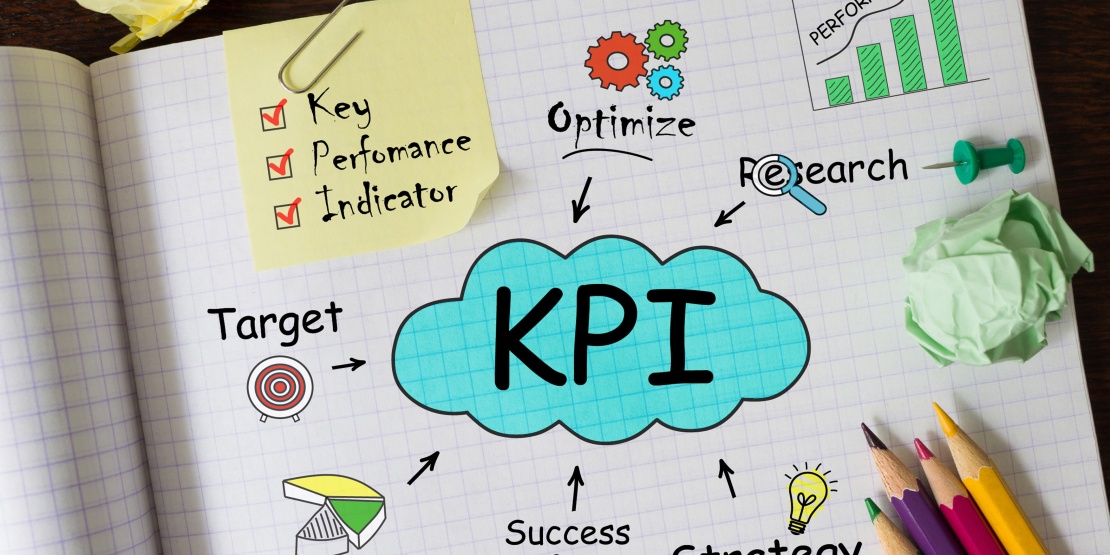Following the publication of the 9th edition of their survey into the trends and priorities of procurement departments, AgileBuyer and the French National Procurement Council (CNA) shed light on cost reduction—the main priority for procurement departments—as well as their levers and performance indicators.
Primary objective: Cost reduction
Intrinsically and historically linked to the buying profession, cost reduction remains the primary objective for 75% of procurement departments. Unsurprisingly, the private sector is more concerned than the public sector.
Within the private sector itself, industrial businesses (automotive, metallurgy, textiles, energy etc.) seem to be the most focused on this objective. This can be explained primarily by the fact that procurement accounts for 75 to 95% of revenue for industrial businesses, compared to 35 to 65% for service businesses.
The public sector, however, seems to be increasingly concerned with cost reduction, with an 8-point increase from the previous year.
Cost-reduction methods
Negotiating with suppliers remains the most common method for purchasing departments to reduce their costs. However, approaches seem to have changed in comparison to the previous year.
The following also feature in the top five, after negotiation:
- Specification adjustment (58%, +11 points vs previous year)
- Mutualisation/globalisation of procurement (46%, -4 points)
- Changing suppliers (39%, +13 points)
- Total cost of ownership (33%, -6 points)
Experts interpret these trends as a professionalization of procurement that is orientated towards "intelligent" cost reduction. Buyers are more involved in the upstream phases of projects, co-building technical specifications with internal customers. In other words, they are challenging their "cost killer" image and demonstrating their real added value.
Performance indicators
A large majority of purchasing departments evaluate their performance based on the savings achieved, above anything else. This is not surprising given that their primary objective is to reduce costs. Furthermore, in this instance, private and public sectors seem to be in agreement (61% vs. 57%).
Other performance indicators remain more or less unchanged in comparison to the previous year:
- Reactivity (10%, +1 point vs previous year)
- Contribution to revenue (10%, -2 points)
- Contractual risks (8%, remains unchanged from the previous year)
- Cash (6%, -2 points)
- Lastly, innovation, corporate social responsibility and reputational risks are all indicators that still seem trivial at present.
Finally, procurement departments are moving from cost reduction towards cost optimisation, refining their methods and thus providing more added value. From negotiation to collaboration, the skills required to work in procurement will also evolve over time.









